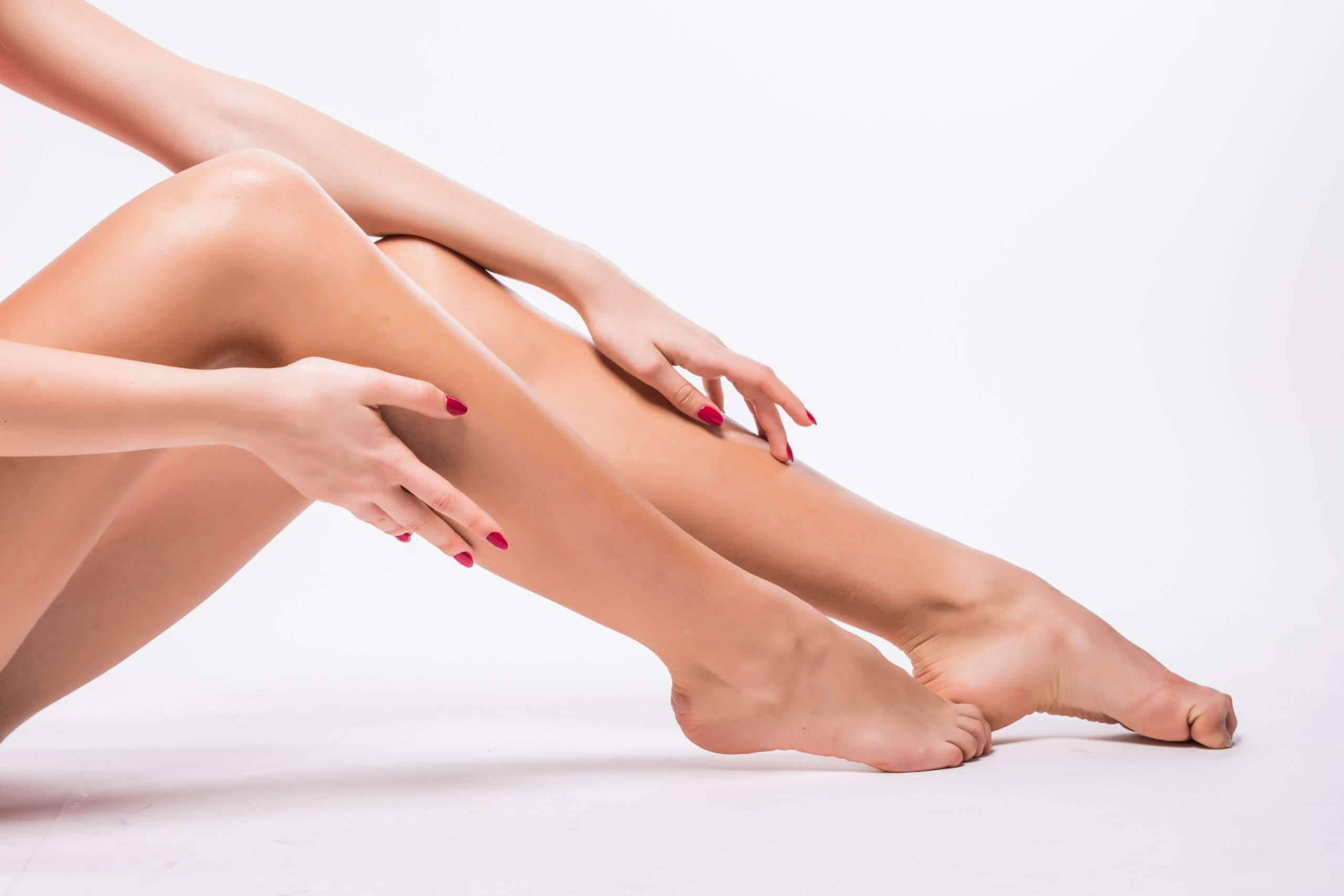Heavy legs and microcirculation
The increase in summer heatwave temperatures can lead to some problems related to microcirculation, such as venous insufficiency and poor circulation. These may become more pronounced resulting in swollen or heavy legs, capillary fragility, the appearance of varicose veins, cellulite, pain, tingling, cramping and fluid stagnation.
What is microcirculation?
The microcirculation constitutes the network of capillaries, both blood and lymph, that reaches every tiny part of the tissues, ensuring their supply of nutrients and oxygen, and at the same time, removing waste products and excess fluids, thus promoting a proper drainage. It makes up more than 70% of the entire circulatory system, so it is essential for the proper functioning of the body. There are many factors that can lead to poor circulation: genetics, age, obesity, pregnancy, phlebitis, previous lower extremity injuries, and behavioral or environmental factors, such as a sedentary and unhealthy lifestyle, poor diet, poor hydration, smoking, and alcohol.
How to improve microcirculation?

It is important to adopt a proper lifestyle such as healthy diet, maintaining good hydration by regularly drinking water, avoiding sedentariness, exercising or walking or cycling for about 30 minutes a day. If not physically prepared, it is best to avoid excessive physical activity done incorrectly, which could cause microtrauma and promote capillary rupture. In addition, unbalanced sports activity could hinder, rather than promote, the outflow of fluids from the body’s declivity areas. Leg elevation for 10 minutes every day produces a good fluid drainage from the legs, improving venous return and microcirculation. It is important to consult the doctor and/or nutritionist for targeted advice.
A natural aid to improve microcirculation
Some plants bring components that show a beneficial effect on capillaries: in fact, they can support capillary tonicity and robustness, and promote the good functioning of microcirculation. For example, the extract of bark of the Horse chestnut tree (Aesculus Hippocastanum) promotes microcirculation function. Escin, found in Aesculus hippocastanum, is a mixture of molecules called saponins, substances with vasoprotective and vasoconstrictive actions, due to its ability to increase capillary resistance and decrease capillary permeability, increase venous contractility, and promote fluid drainage, reducing swelling, heaviness and fatigue in the lower limbs. In addition, due to its antioxidant and protective action on elastin and collagen, it can help promote venous circulation [1].
Ruta (Ruta graveolens), Bucco (Barosma betulina) and citrus fruits contain the bioflavonoid diosmin to which are attributed antioxidant, antiedematous and anti-inflammatory activities [2]. Due to these properties, it could be supportive of proper vein function, having a beneficial effect on microcirculation and consequently on venous circulation.
From Acacia of Japan (Styphnolobium japonicum), troxerutin also known as rutin, a flavonoid glycoside, with tonic and protective properties, has shown to improve the “tightness” and tone of leg vessels [3].
Raxiven® is a dietary supplement that combines these components in a balanced manner. Thanks to the properties of diosmin, rutin, and Horse Chestnut extract titrated in 15% escin, which, promotes microcirculation function, Raxiven® can be a valuable support for swelling and heaviness in the lower limbs, microcirculation, cellulite, and leg well-being.
You can find more information here
Disclaimer: The content is not intended to be a substitute for professional medical advice, diagnosis, or treatment, and does not constitute other medical advice for specific medical conditions. Please consult your healthcare provider with any questions or concerns you may have regarding your condition.
Bibliography
[1] Dudek-Makuch M. & Studzińska-Sroka E. (2015). Horse chestnut – efficacy and safety in chronic venous insufficiency: an overview. Revista Brasileira de Farmacognosia, 25; 5:533-541
[2] Mustafa S. et al. (2022) Plant metabolite diosmin as the therapeutic agent in human diseases. Current Research in Pharmacology and Drug Discovery 3: 100122.
[3] Wadworth AN. & Faulds D. (1992). Hydroxyethylrutosides. A review of its pharmacology, and therapeutic efficacy in venous insufficiency and related disorders. Drugs. 44(6):1013-32.

